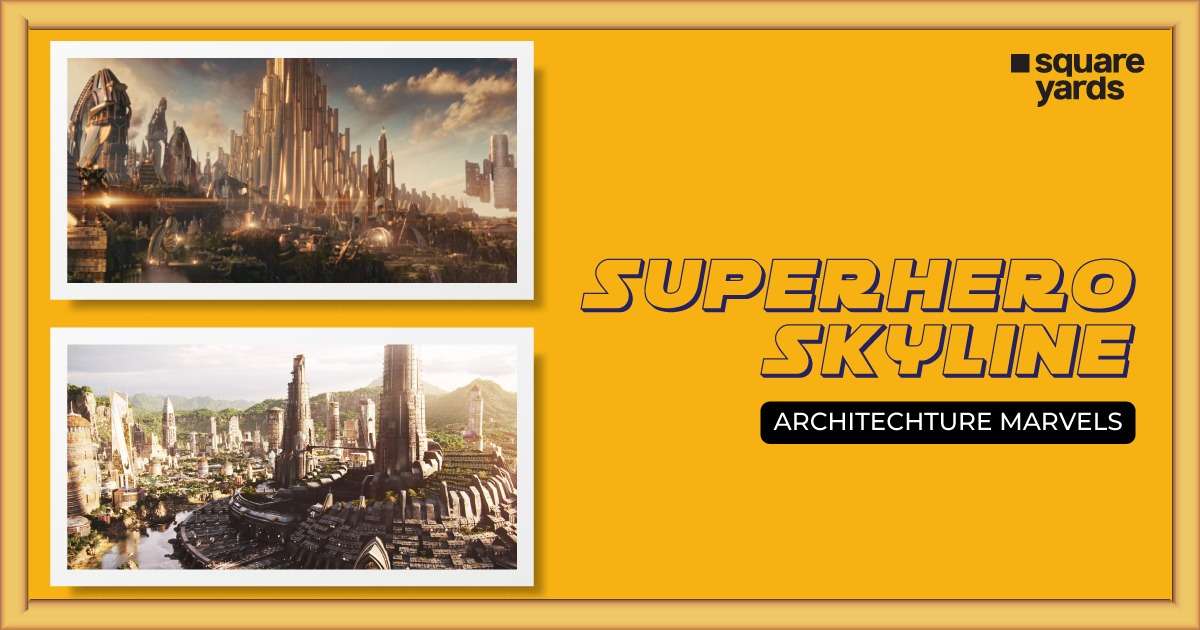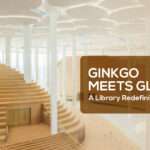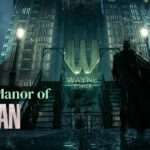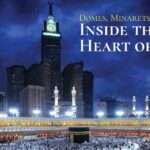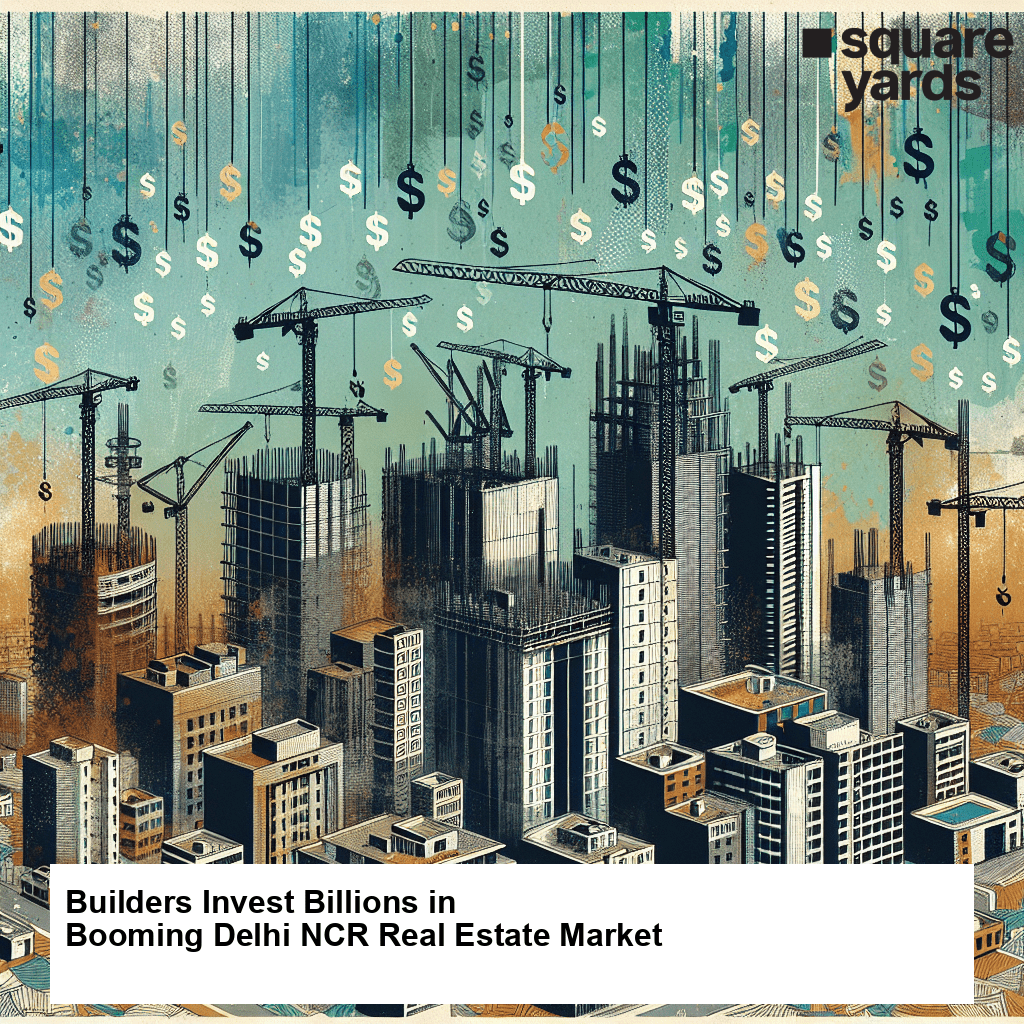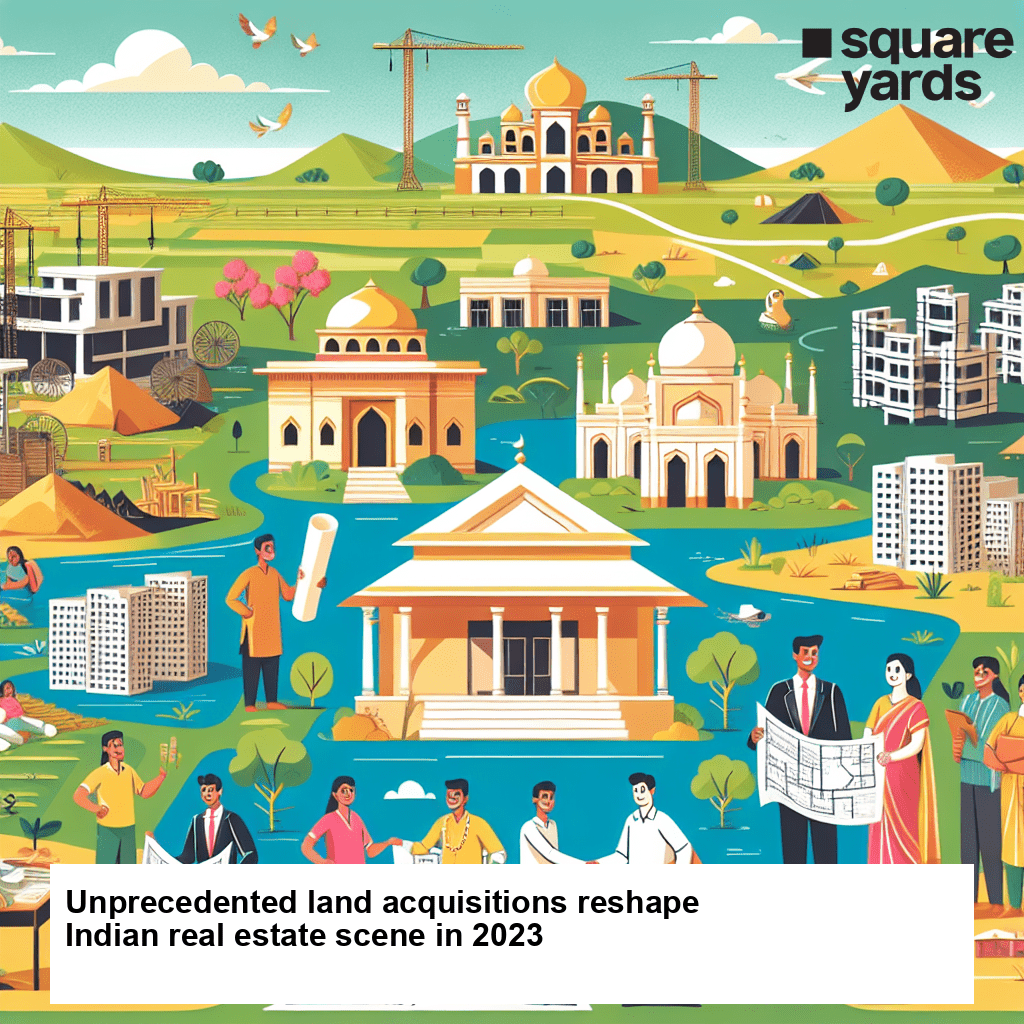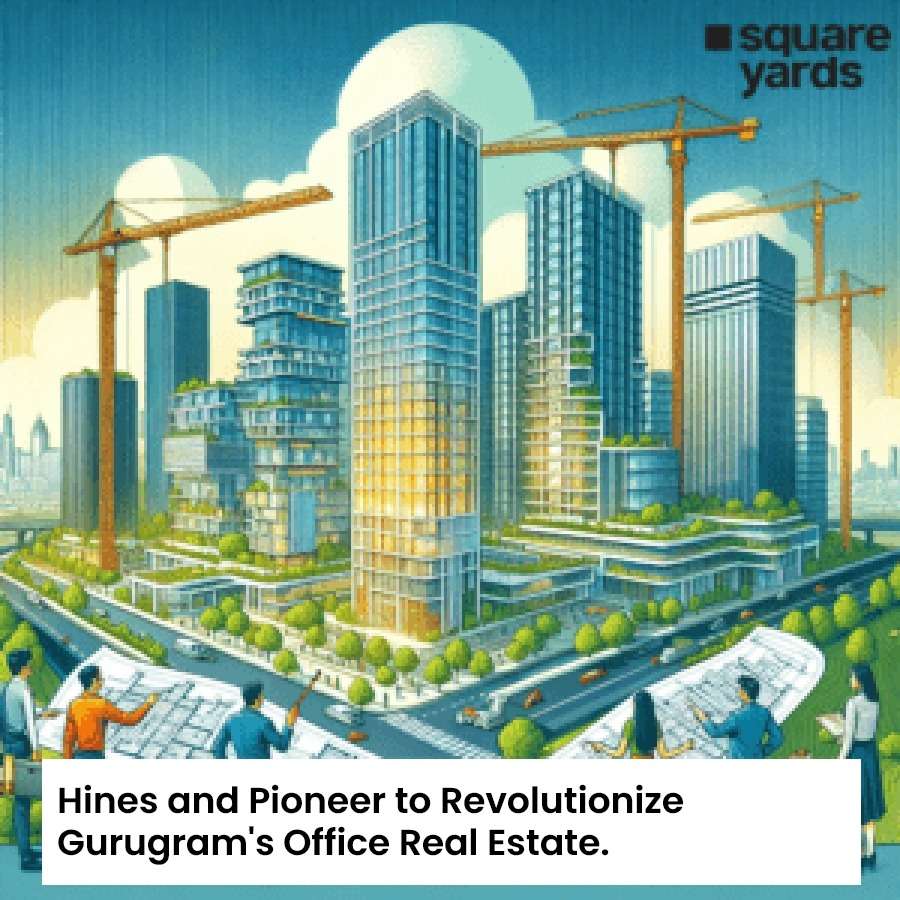Hop aboard the ‘supersonic ship’ and let’s journey through the Marvel Cinematic Universe, one magnificent cityscape at a time. While Marvel films have given the audience heart-pounding action and gripping storylines, the unsung hero in many of these narratives is undoubtedly the architecture. From the heavenly realms of Asgard to Brooklyn’s historic lanes and the neon-lit streets of Sakaar, architecture in its diverse avatars sets the stage for our heroes’ most defining moments.
Prepare to be swept away by the sheer majesty of MCU’s constructions – they’re not just buildings but characters in their own right. With Loki playing tricks in Season 2 and the anticipation for ‘The Marvels’, our voyage is bound to get even more exciting. I know most of the architecture is created through CGI, and a few are real locations, but that is the beauty of it. They all look so REAL!!!
Are you ready to fly high, dive deep, and discover the wondrous architectures of the MCU? Tighten your seatbelts; it’s going to be quite the ride!
Table of contents
Chapter 1: A Multiversal Divinity
Let’s start with the divine land of ice, snow, and the midnight sun, where hot springs flow.
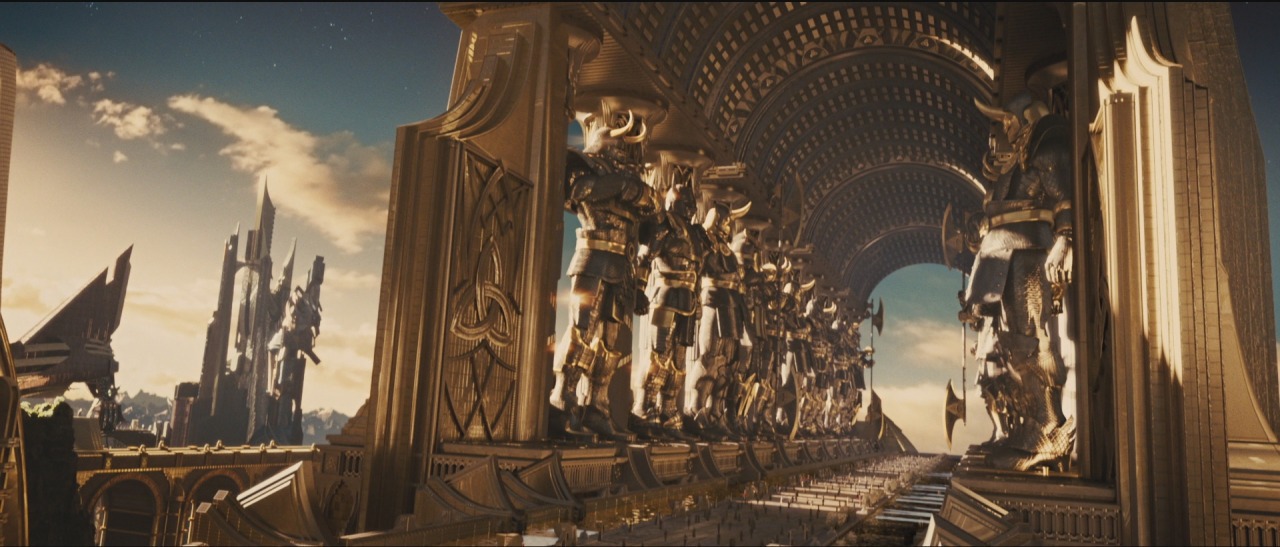
Source: archdaily.com
That’s right! We are starting our journey with ASGARD.
Marvel’s rendition of Asgard holds a special place. It is borrowed heavily from Norse mythology but has a unique twist with mystical yet advanced architecture. Asgard is easily the perfect fusion of the past and future. The fictional city illustrates beauty, from the exquisite streets lined with wine sellers and open spaces to the captivating sightseeing tour of the Palace of Odin. Asgard’s golden spires and fluidic structures easily take its place as one of the most glowing lands across the multiverse.
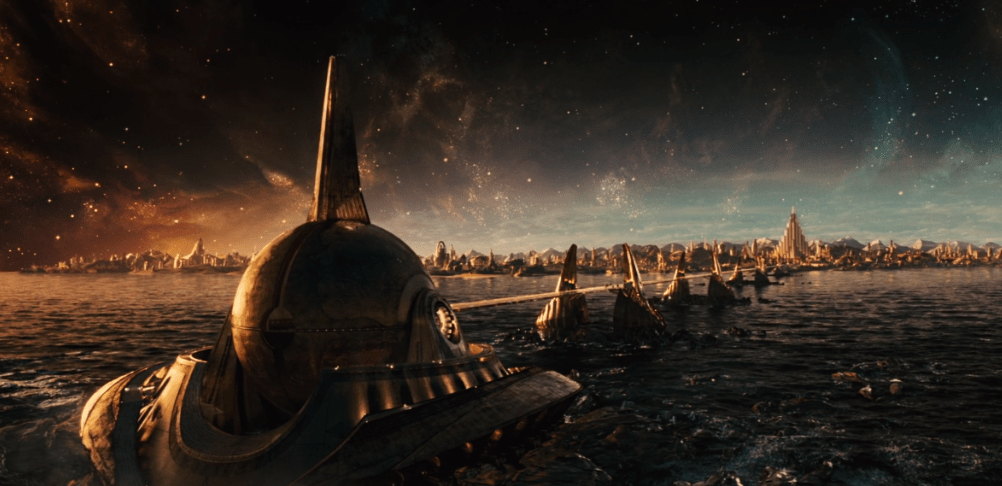
Source: ign.com
The exciting and stand-out feature in Asgard is the quantum bridge, or as some prefer to call it, “The Bifrost.” The rainbow-themed bridge provided a pathway for the God of Thunder to traverse between realms. Bifrost is more of an advanced teleportation device that blends magic and technical design than just a mere bright rainbow bridge. Marvel’s Asgard is an architectural ode to myth and fantasy. Don’t be surprised if you feel thunder on the streets; you might get yourself a selfie with Thor!
Chapter 2: A Tapestry of Reality and Fiction
Moving on in the multiverse, we saw Brooklyn immortalised in “Captain America: The First Avenger”. This city showcases an architecture reminiscent of a golden past, where streets were lined with brick buildings and ornate facades. These streets pay tribute to the 1940s and whisper tales of heroism and vintage glamour. Its aesthetic forms a timeless mosaic that reminds us of Steve Rogers’ humble beginnings before he became the iconic Captain America.
“I can do this all day,” Roger’s quote reflects his indomitable character and endures the spirit of Brooklyn itself.
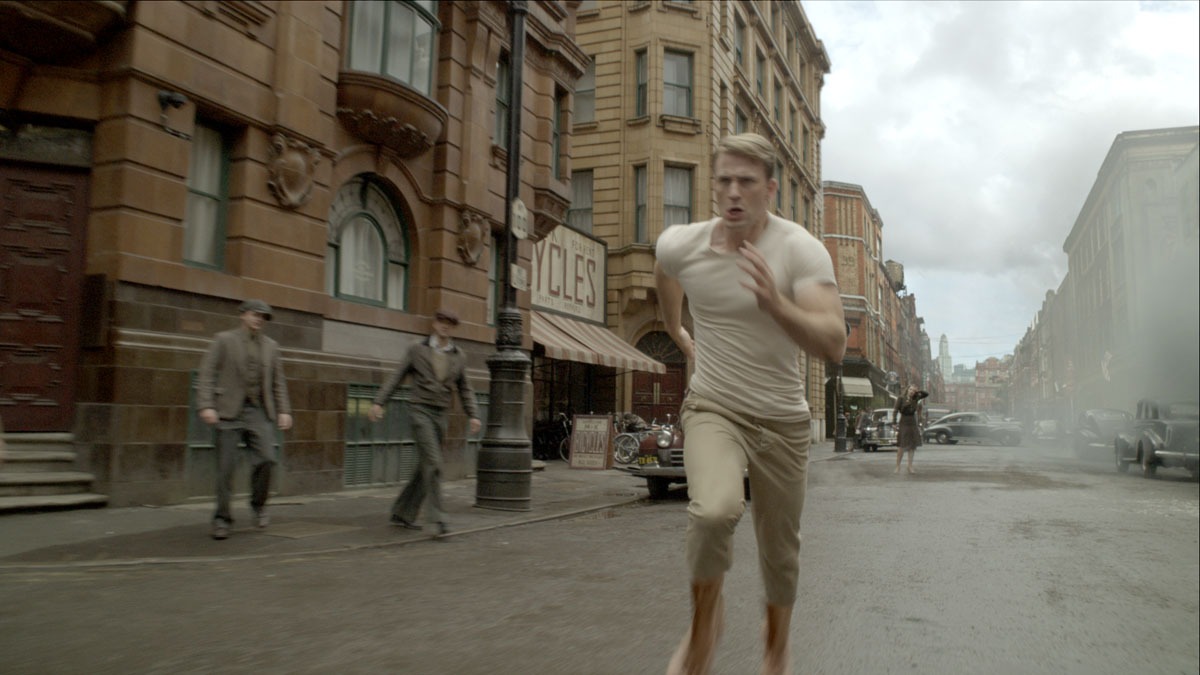
Source: fxguide.com
Yet, like the many twists of the Marvel Multiverse, this Brooklyn subtly intertwines with the modern and mythical landscape.
Brooklyn, renowned as Captain America’s birthplace, also resonates with the echoes of another marvel—the Stark Expo. This exposition showcased futuristic structures and technology, offering Brooklynites a glimpse into tomorrow.
Picture this: Brooklyn unfolds in a palette of soft, bold, warm colours, embracing a united brick structure. Now, juxtapose this with the Stark Expo, a vision of future architecture that overwhelms the imagination. Pretty captivating, isn’t it? Stark Expo, marked by its soaring arches and futuristic designs, stands in contrast to the retro charm of Brooklyn. The designs utilised by filmmakers to bring the Stark Expo to life speak volumes, effortlessly transporting the audience across the boundaries of time without uttering a single word.
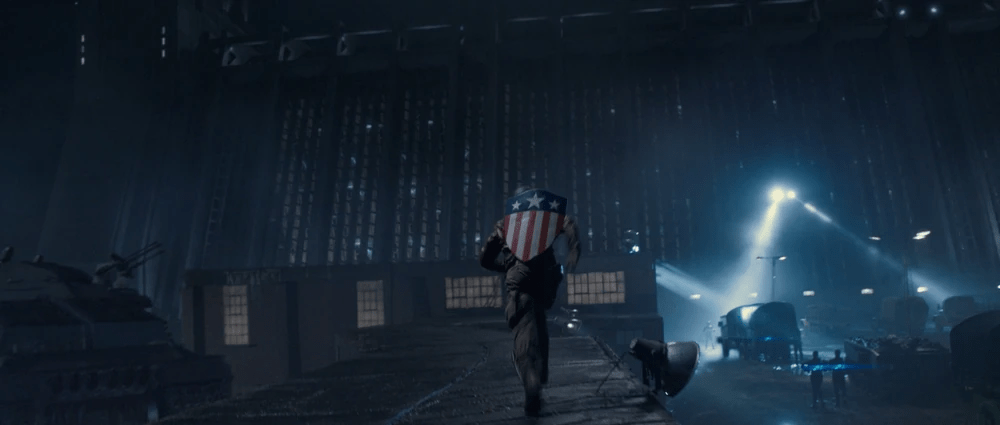
Source: marvelcinematicuniverse.fandom.com
But every story has a dark side, and in this story, that void is filled by Red Skull’s base, a menacing structure symbolising power and domination. What makes this structure so terrifying is its militaristic construction with dark and bold colours. It serves as a grim reminder of the world’s sharp realities and the battles Captain America must fight. Can you imagine Red Skull planning to rule the world in a luxurious hotel with dazzling lights and a bright, colourful background? Undoubtedly, Marvel deserves much praise for portraying the antagonist in this menacing structure.
Brooklyn, Stark Expo, and Red Skull’s lair – they weave a tale as expansive as the Marvel Multiverse, a dance of times gone by, and visions of what’s yet to come.
Chapter 3: The Skyline Saga
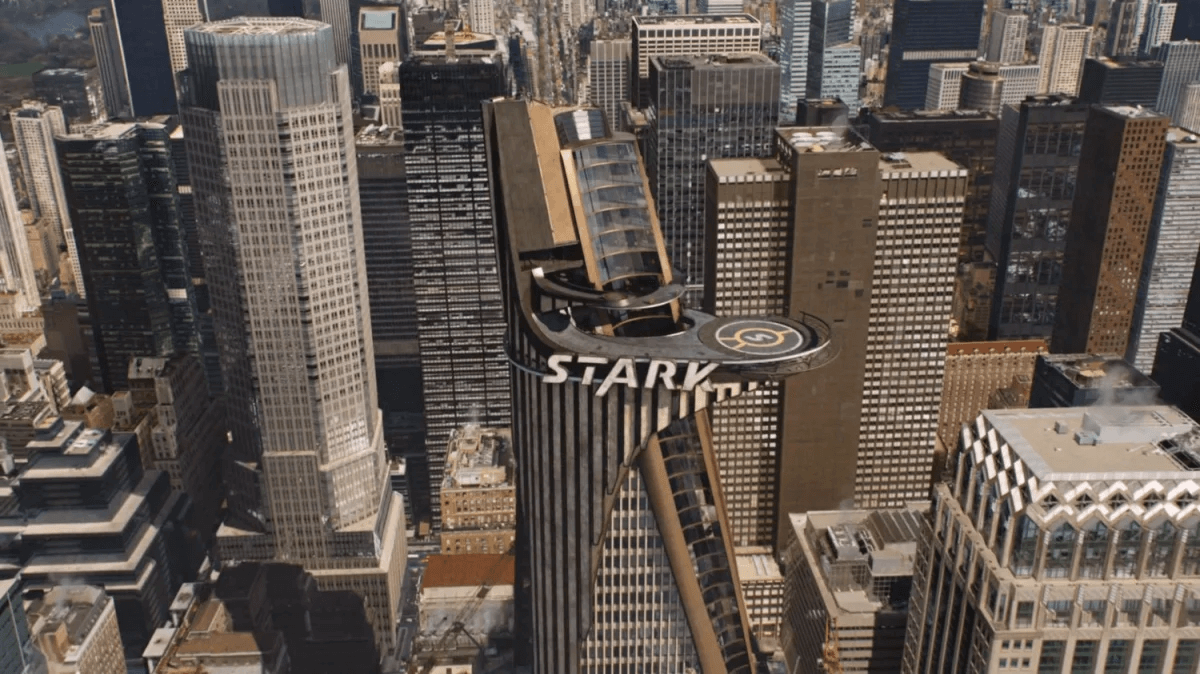
Source: mculocationscout.com
With its iconic skyline, New York City is a cornerstone in Marvel’s Cinematic Universe. The city’s architecture transformed into more than brick and mortar during the Avengers and Chittori clash in 2012. Somehow, all the wars are played out in New York City, destroying the Big Apple’s skyline. Isn’t it? At the end of every battle, the city surely becomes the backdrop of heroism and unity.
Let’s not forget where all the action of the Avengers was initiated: The Stark Tower. The most gleaming skyscraper that encapsulated the audacity of innovation was a treat for the eyes. It is safe to say that this particular skyscraper in New York was running on an arc reactor. Do you recall the moment when Iron Man touched down on the helipad? With each stride, the tower seamlessly disengaged the Iron Man suit from Tony Stark. This scene vividly highlights the technological advancements of Stark Tower. The tower almost sang “Shoot to Thrill”, much like Iron Man diving into action.
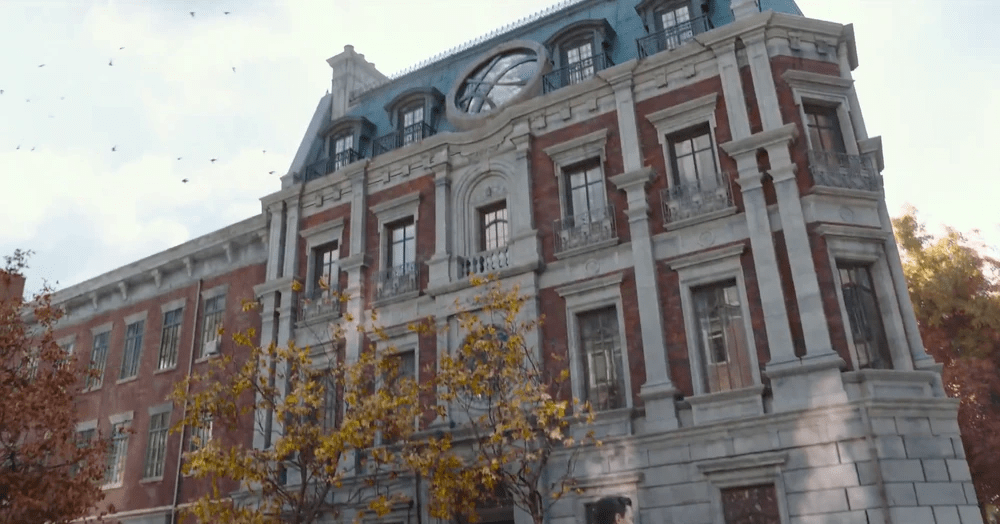
Source: marvelcinematicuniverse.fandom.com
Contrasting the modern marvels, the Sanctum Sanctorum of Doctor Strange, which rests peacefully on Bleecker Street in NYC, echoes mysticism and ancient wisdom behind closed doors. The intricate designs and hidden doorways are gateways to dimensions beyond our imagination.
This mystical house is full of ancient artefacts and relics. The Cloak of Levitation, The Staff of Living Tribunal, and The Eye of Agamoto are only a few names to mention. The house itself feels peculiar as it reflects a distinctive personality. The Eye of Agamoto design on the top window offers the structure an all-out mesmerising view. You should take careful steps on the stairs; no one knows where it might lead you.
The marvellous constructions of New York in the MCU aren’t just about grand battles and magic but a city filled with a maze of covert alleys and skyscrapers. NYC mirrors the vastness of the MCU. Every brick and spire tells tales of heroes, gods, and the dance of time.
Chapter 4: A Visual Odyssey
Sakaar stands as an architectural marvel, unlike anything you would have encountered in the pages of a fantasy novel. If you’re contemplating, “Where does this name ring a bell?” it’s the delightful planet showcased in ‘Thor: Ragnarok’.
Sakaar can be perfectly described as the Intergalactic Landfill of the Marvel Cinematic Universe. It is where Thor reunited with his friend from work, Bruce Banner or Hulk, if you ask him. Poor Thor felt quite the bash when Hulk refurbished to recognise him. Centred in the debris of numerous wormholes, this vibrant planet paints a canvas of contrasts.
Enters the Grandmaster’s gladiatorial arena at the centre of Sakaar’s identity. The circular design is evocative of ancient Roman coliseums, which serves as a nod to the history of combat sport. The use of stark, bold colours and radiant materials gives the arena a regal appearance, further underlining the Grandmaster’s dominion. The old man was ruling the entire planet, after all.
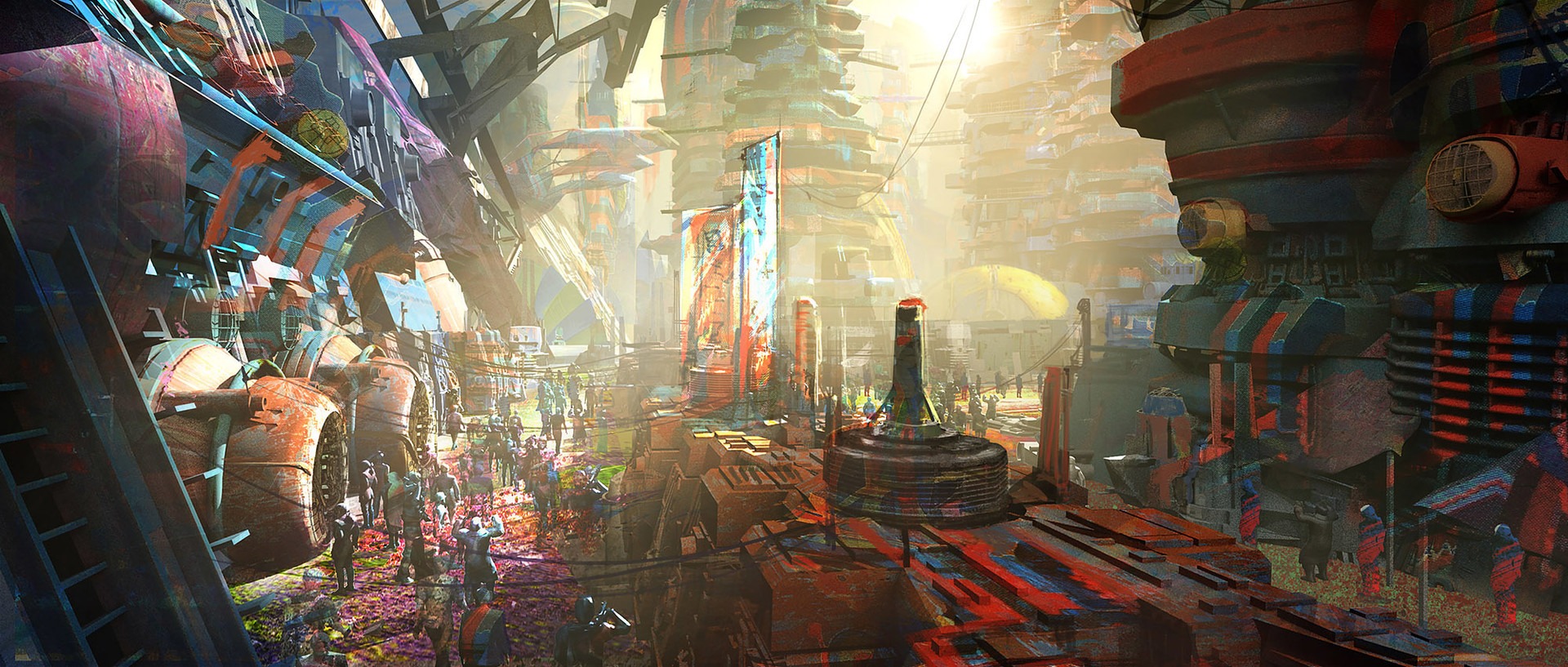
Source: artstation.com
Sakaar is a symbolic cycle of societal power struggles and revolts. The adaptive reuse of space junk on Sakaar pushes the boundaries of sustainable architecture. The hybrid of highly advanced technologies with salvaged materials creates a futuristic, post-apocalyptic aesthetic. It could have been a playground for Tony Stark.
Sakaar’s urban landscape is filled with high-tech machinery and colourful shelters. All the buildings often overlap, thus creating layers of habitats. The neon-lit streets run in all directions, reflecting the constant chaos on the planet. No wonder Loki, the God of Mischief, momentarily lost his bearings here.
Chapter 5: A Futuristic Utopia
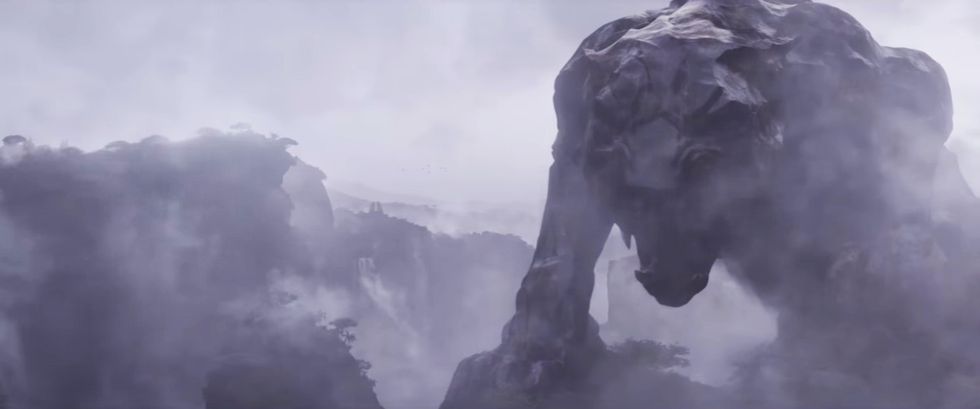
Source: digitalspy.com
It’s time to cross your arms and exclaim, “Wakanda Forever!!”.
In 2018, Marvel’s Black Panther introduced audiences to Wakanda—this techno-cultural land brims with advanced technology, rich cultural traditions, and architecture to remember for life.
Although Wakanda exists solely in fiction, its architectural designs offer a captivating vision for the urban future of Africa by seamlessly blending tradition and technology. Whether seen on the big screen or in real life, Wakanda inspires architects and city planners worldwide, urging them to think ambitiously. The city motivates individuals to imagine urban landscapes that pay homage to the past, embrace future possibilities, and consistently prioritise the present. It’s not surprising that Bucky expressed his admiration for Wakanda by saying, “I love this place.”
Gleaming amidst the vast Milky Way, the Black Panther statue symbolises Wakandan’s magnificence. Its intricate design details resonate with centuries of rich tradition and pride of Wakanda.
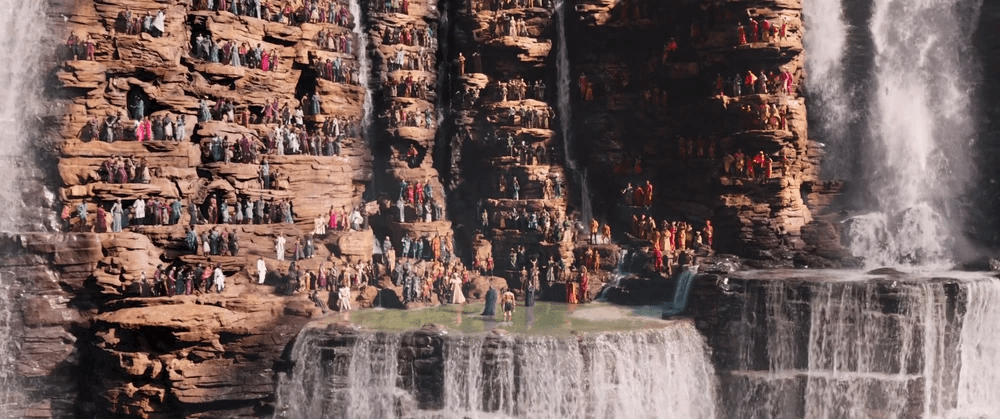
Source: marvelcinematicuniverse.fandom.com
A major landmark in Wakanda is “The Warrior Falls”, where ceremonial battles of the Black Panther unfold—struggling to recall it? Cast your memory back to the inaugural clash between Eric Killmonger and T’Challa. This land of wonder is carved with statues and viewing terraces, blending natural elements with human-made functions. It reflects the importance of tradition and ritual in Wakandan society and how architecture can play a defining role in shaping these societal events.
Within the vibranium-made mountains of Wakanda lie the vibranium mines. Far from being metal mines, they are loaded with neon lights, giving an ethereal look. Wakanda’s bustling streets teem with life and energy, hosting bright traditional markets alongside modern transportation.
The urban fabric of Wakanda is both vibrant and functional. Public spaces in the city offer community interaction. It signifies the importance of forming a social unity via urban design. Wakanda offers lessons in respecting heritage, integrating nature, and placing community at the centre of innovation. Ultimately, Wakanda is where all the stars are closer in architectural majesty.
The Endgame
Navigating the Marvel Cinematic Universe, viewers can witness spectacular showdowns, charismatic characters, and breathtaking architecture that narrates its own silent epic. The MCU offers an architectural tapestry as diverse and profound as its stories. These constructions are not mere settings; they are vibrant characters, shaping and echoing the tales of heroes. If you want to traverse through each cinematic landscape, watch Marvel series and movies to take a moment to appreciate the fusion of fantasy and architecture that continues to captivate and inspire.


